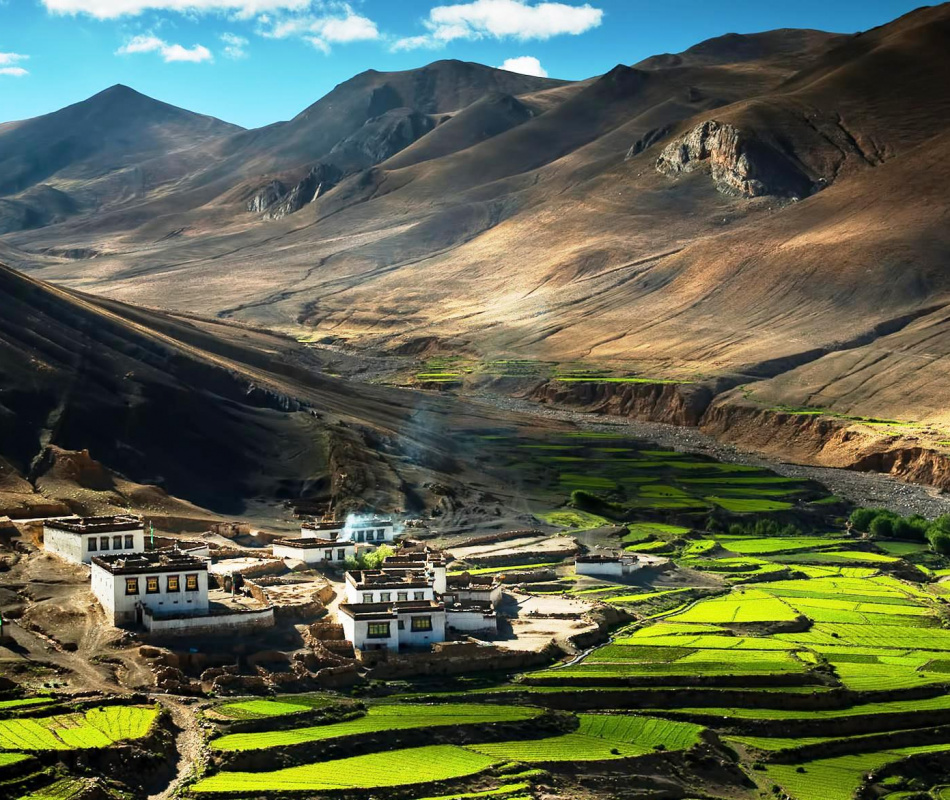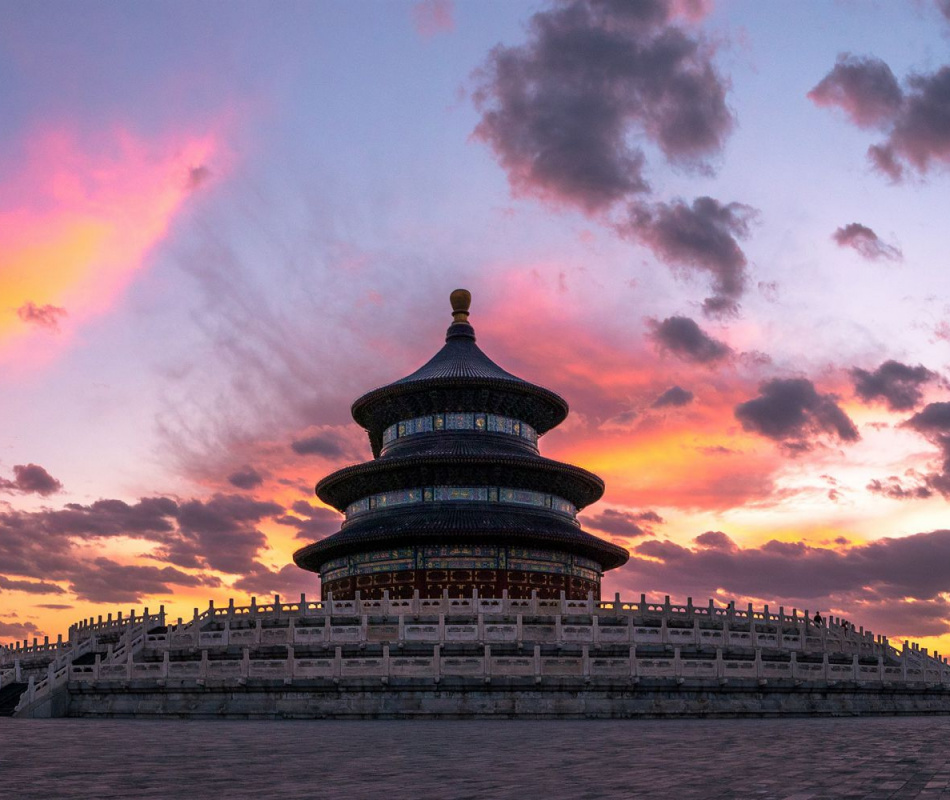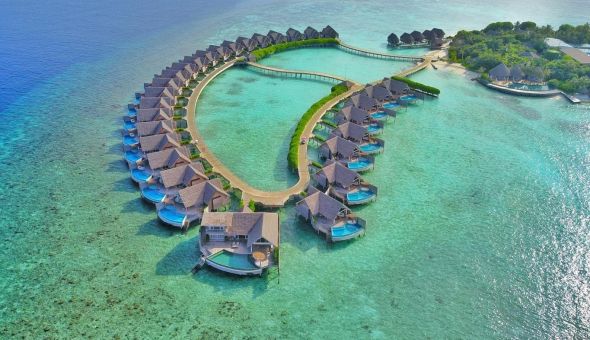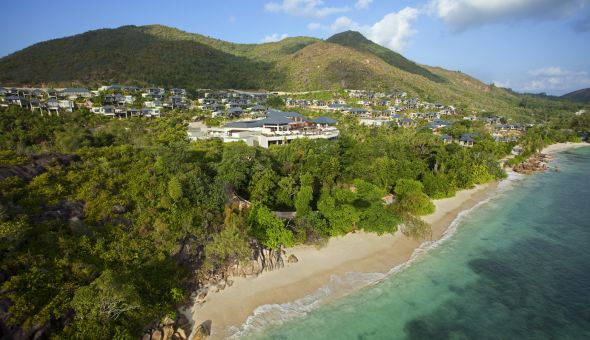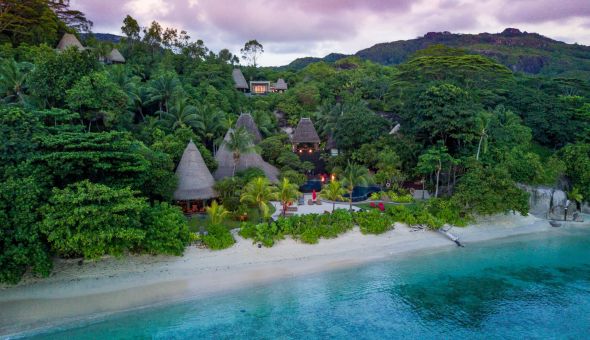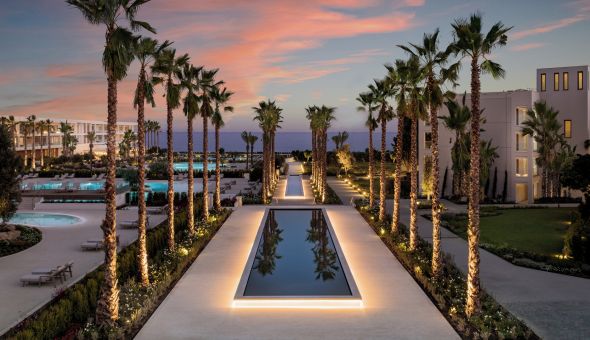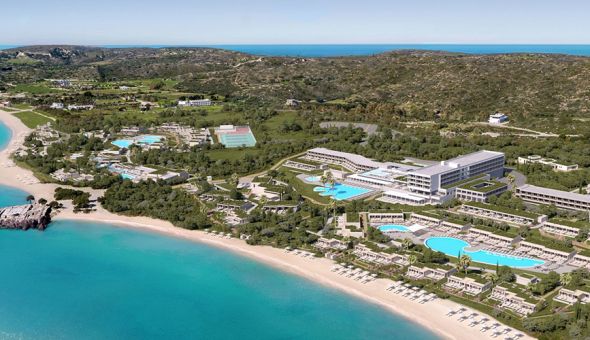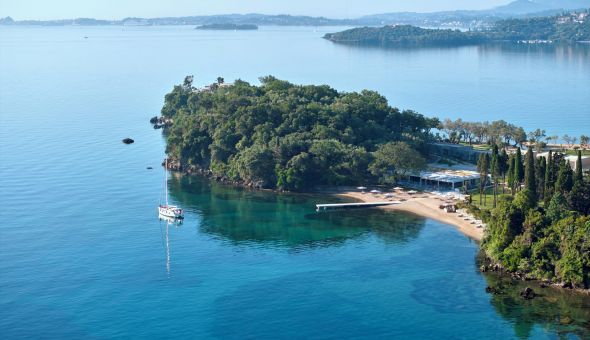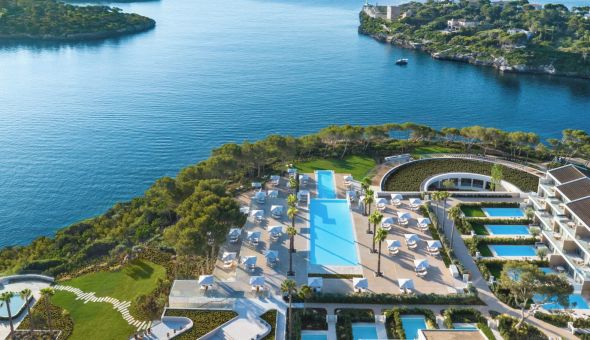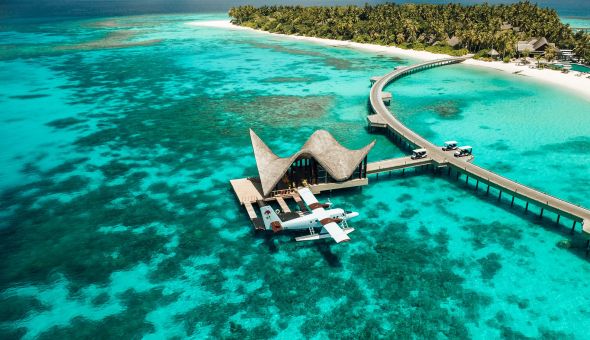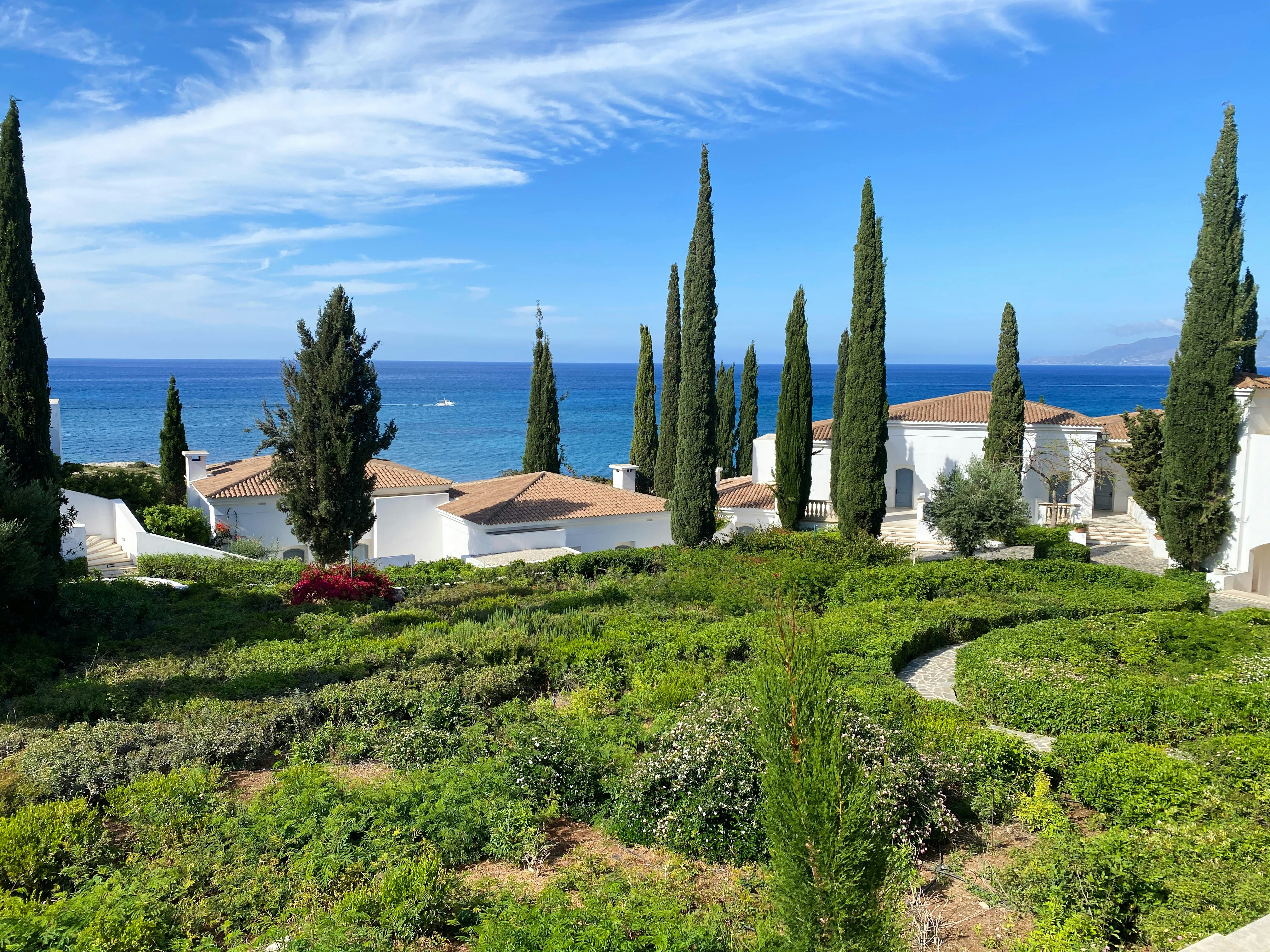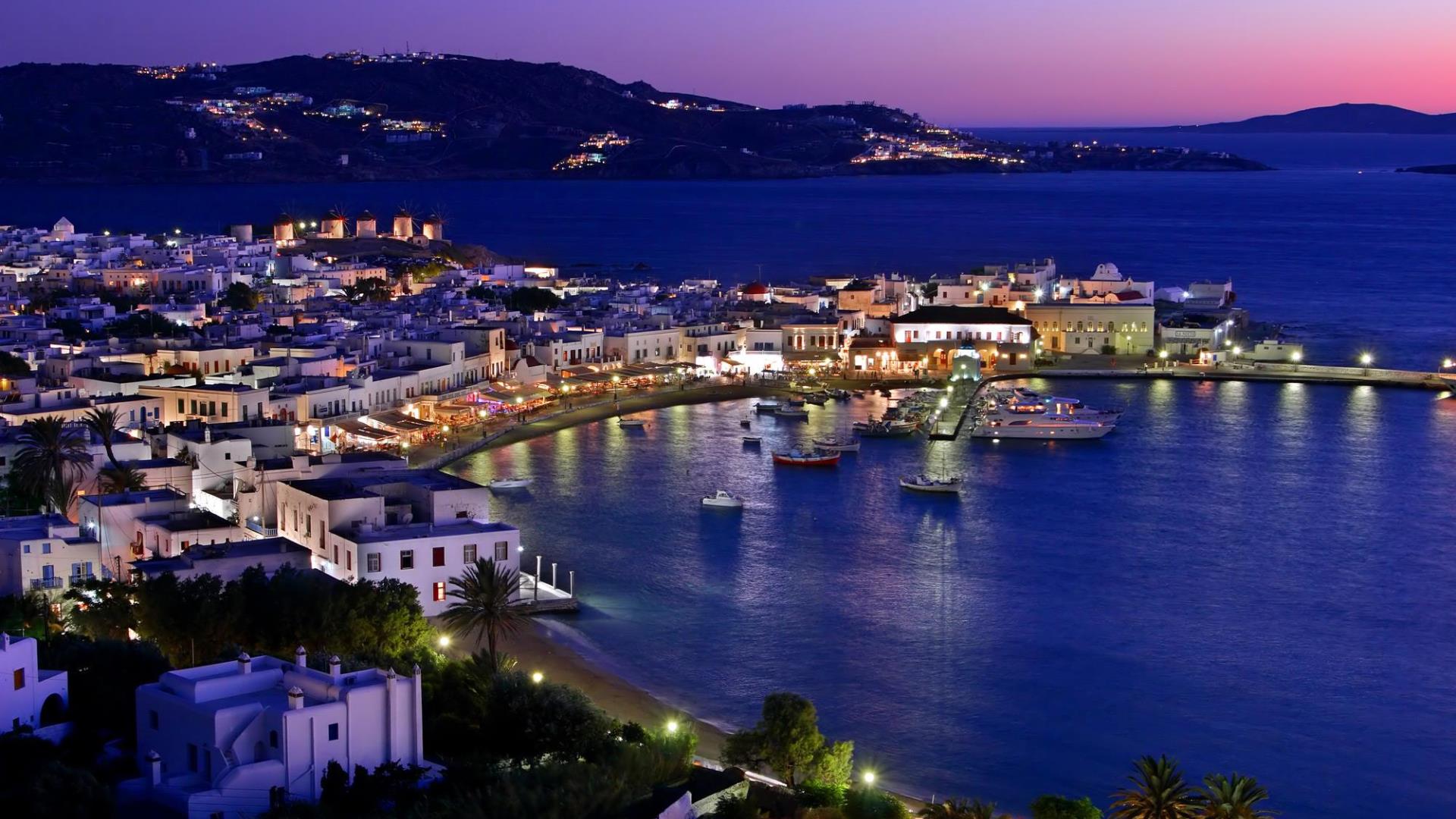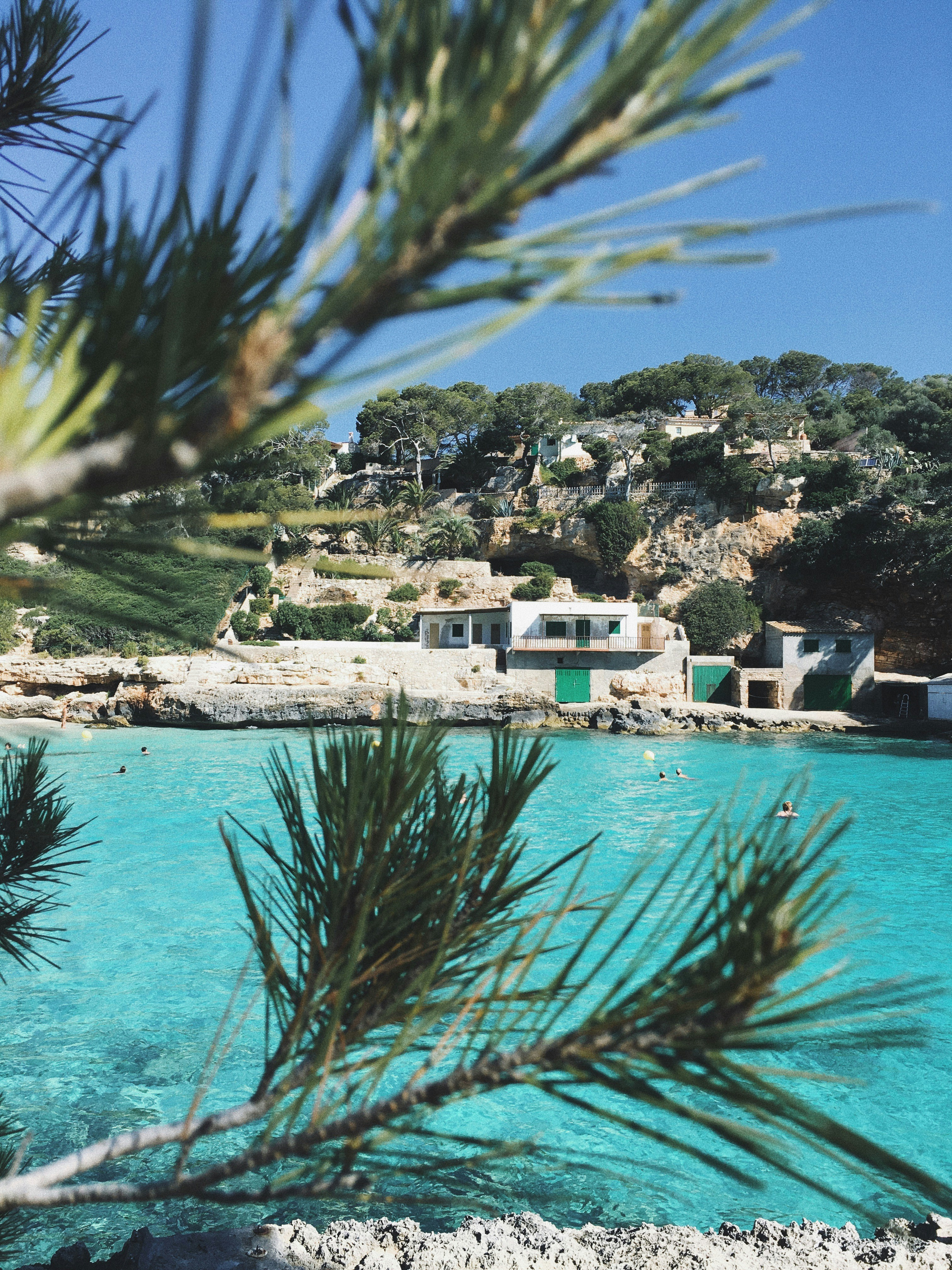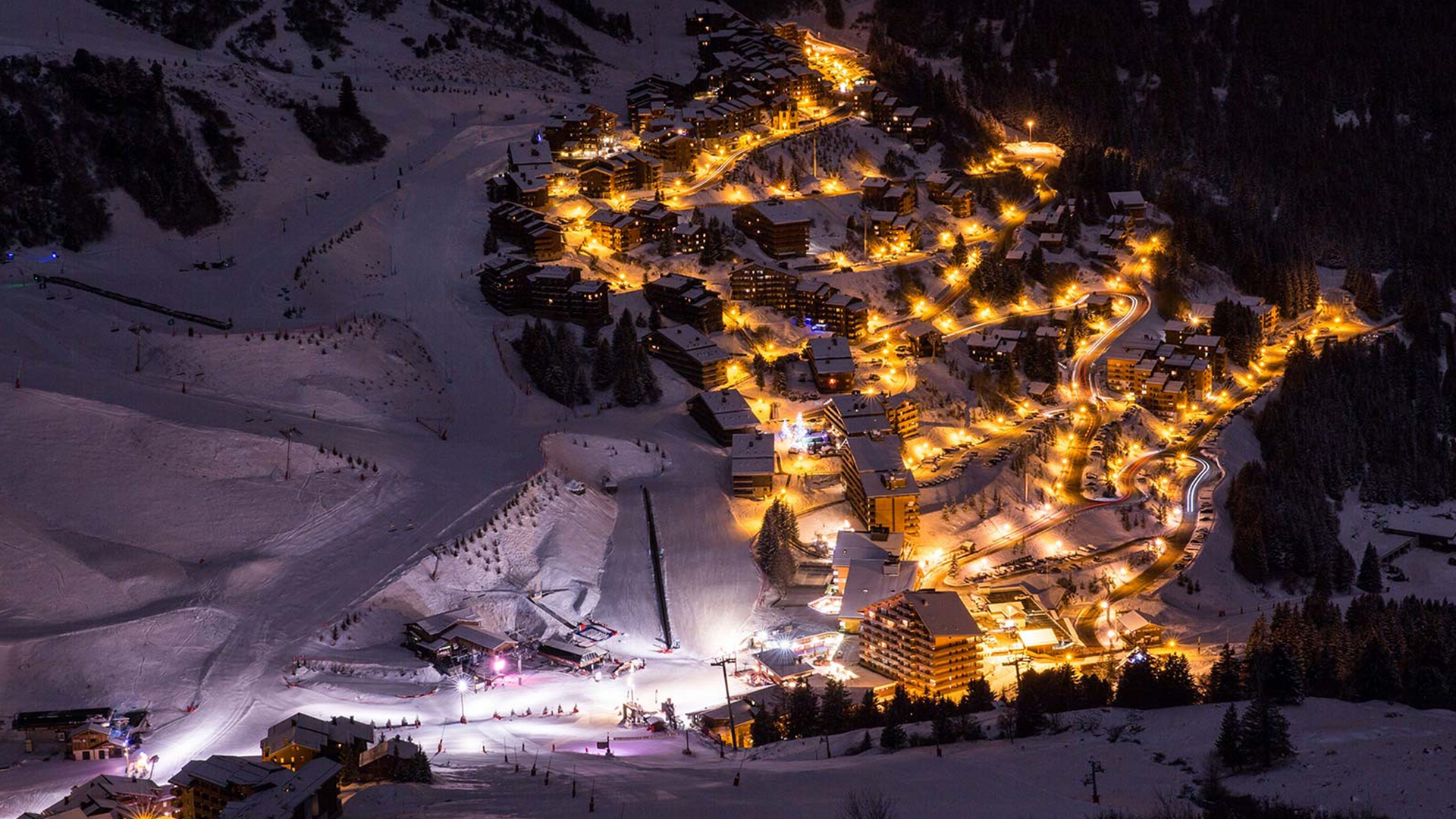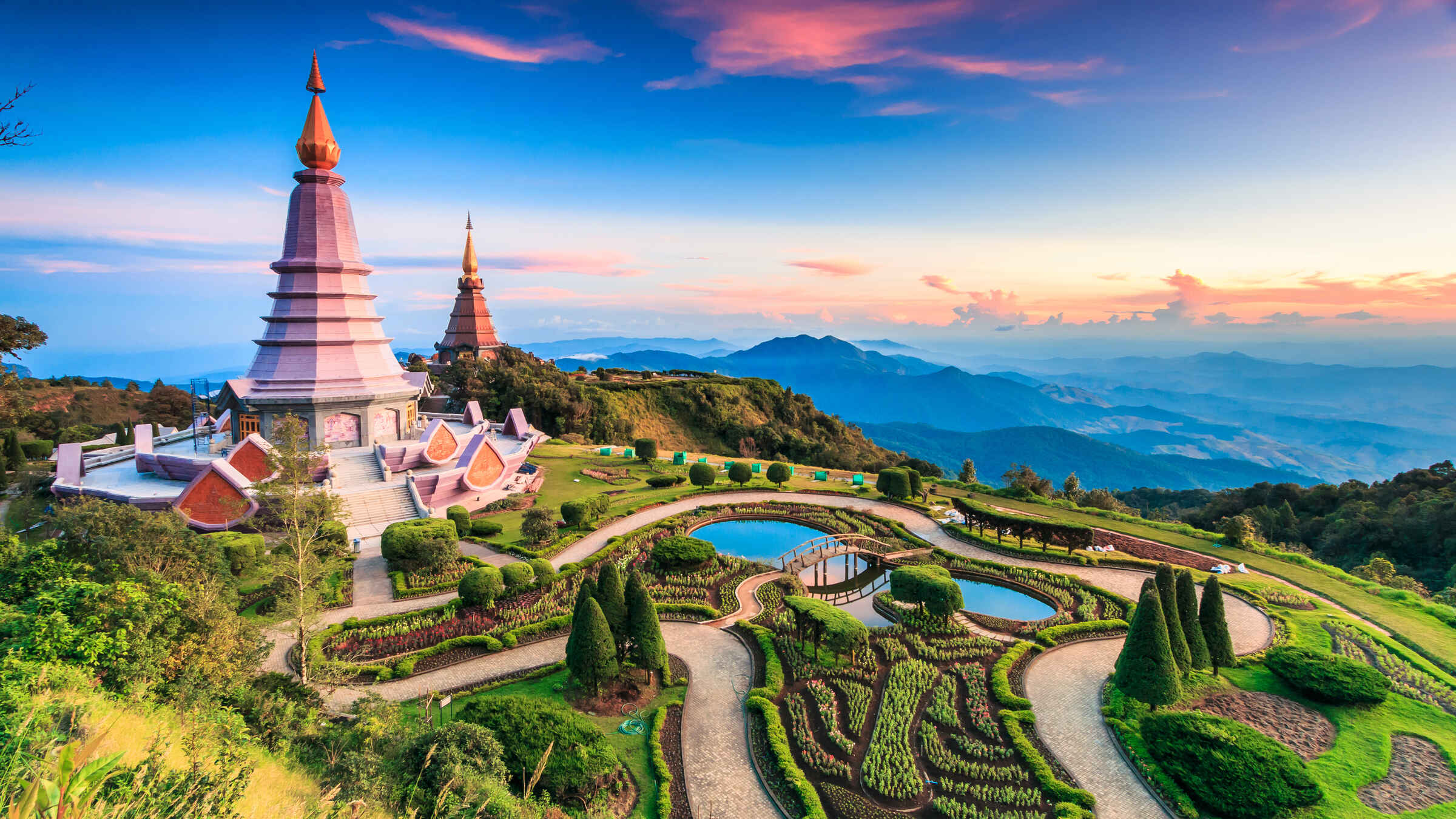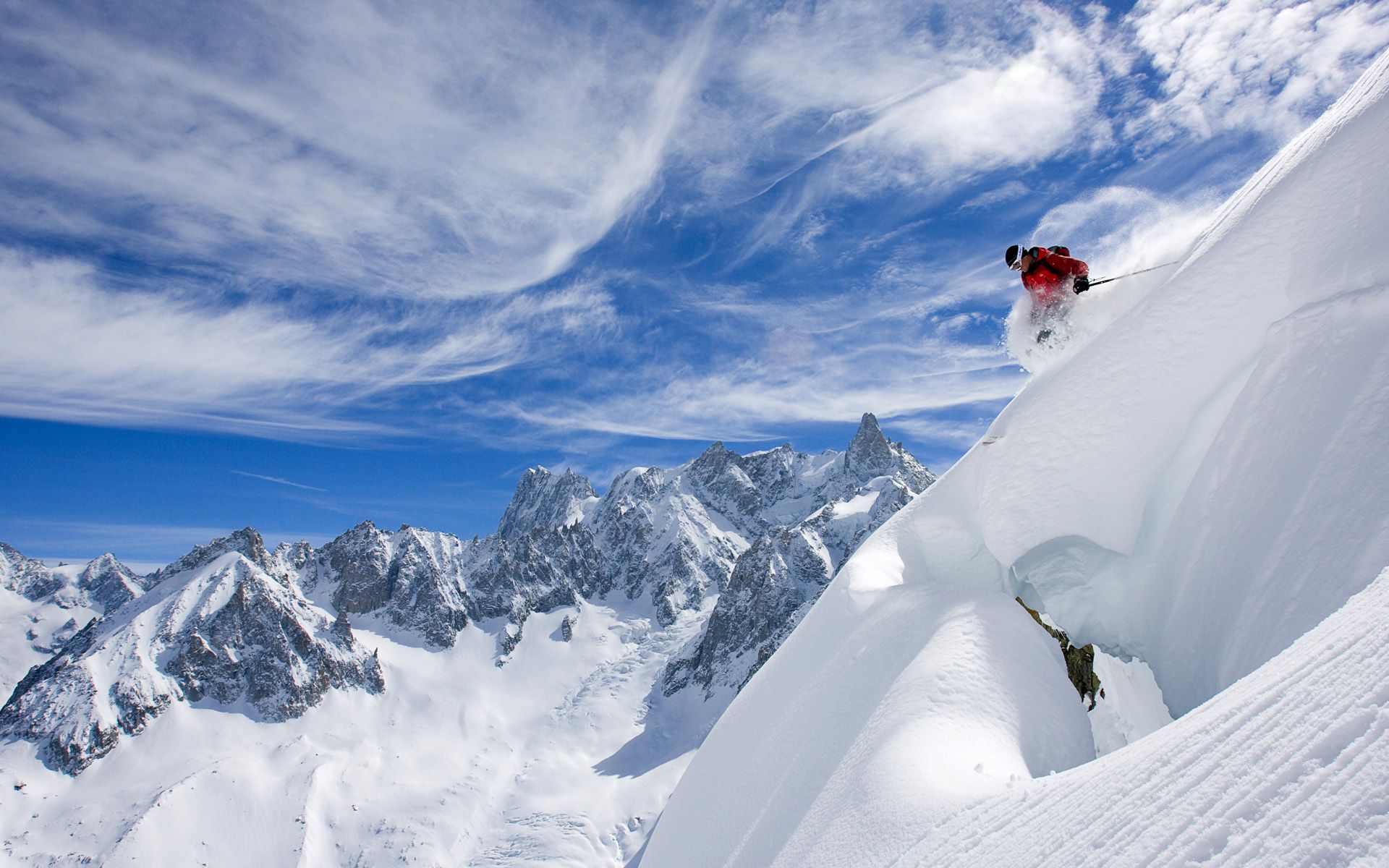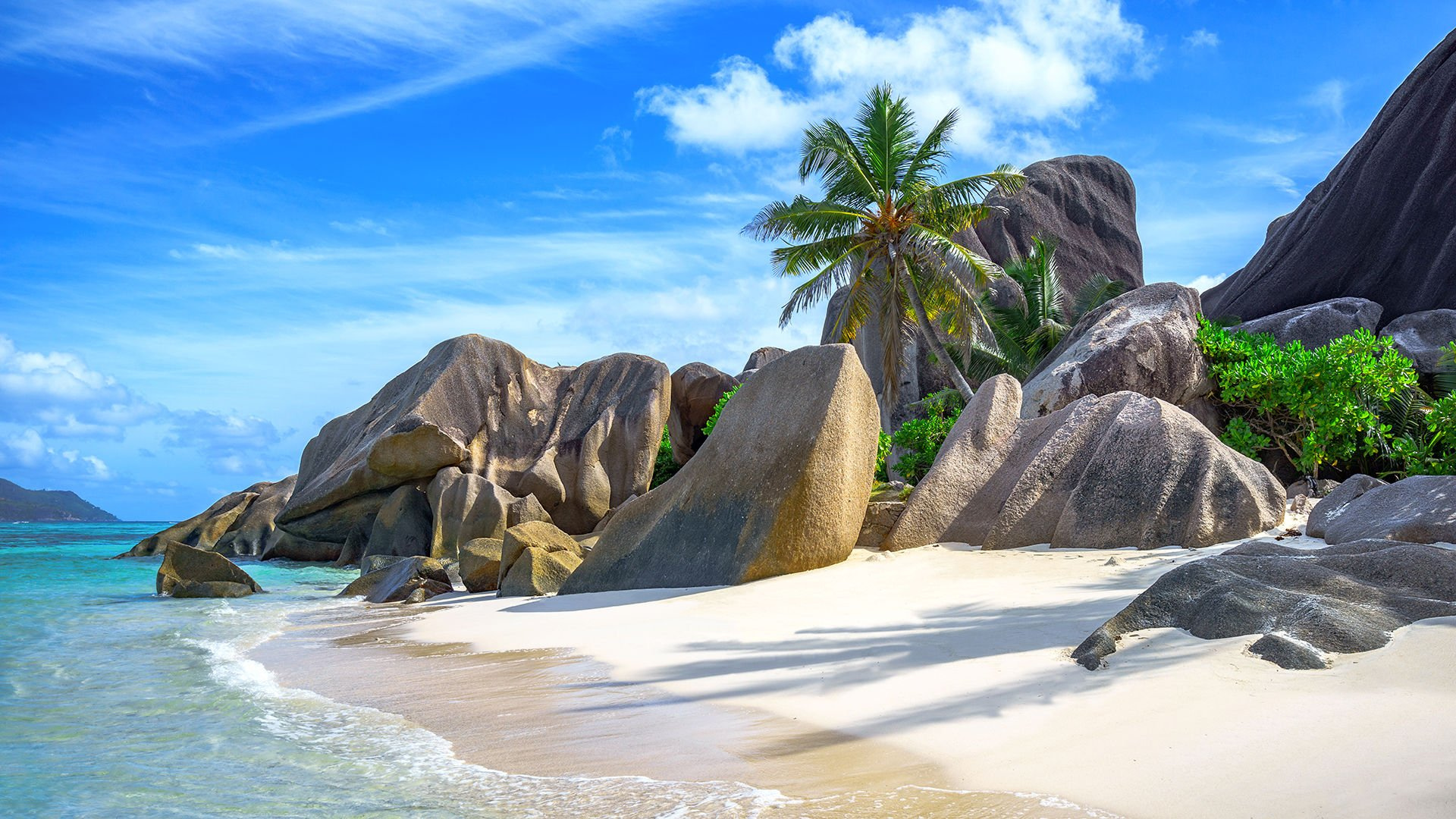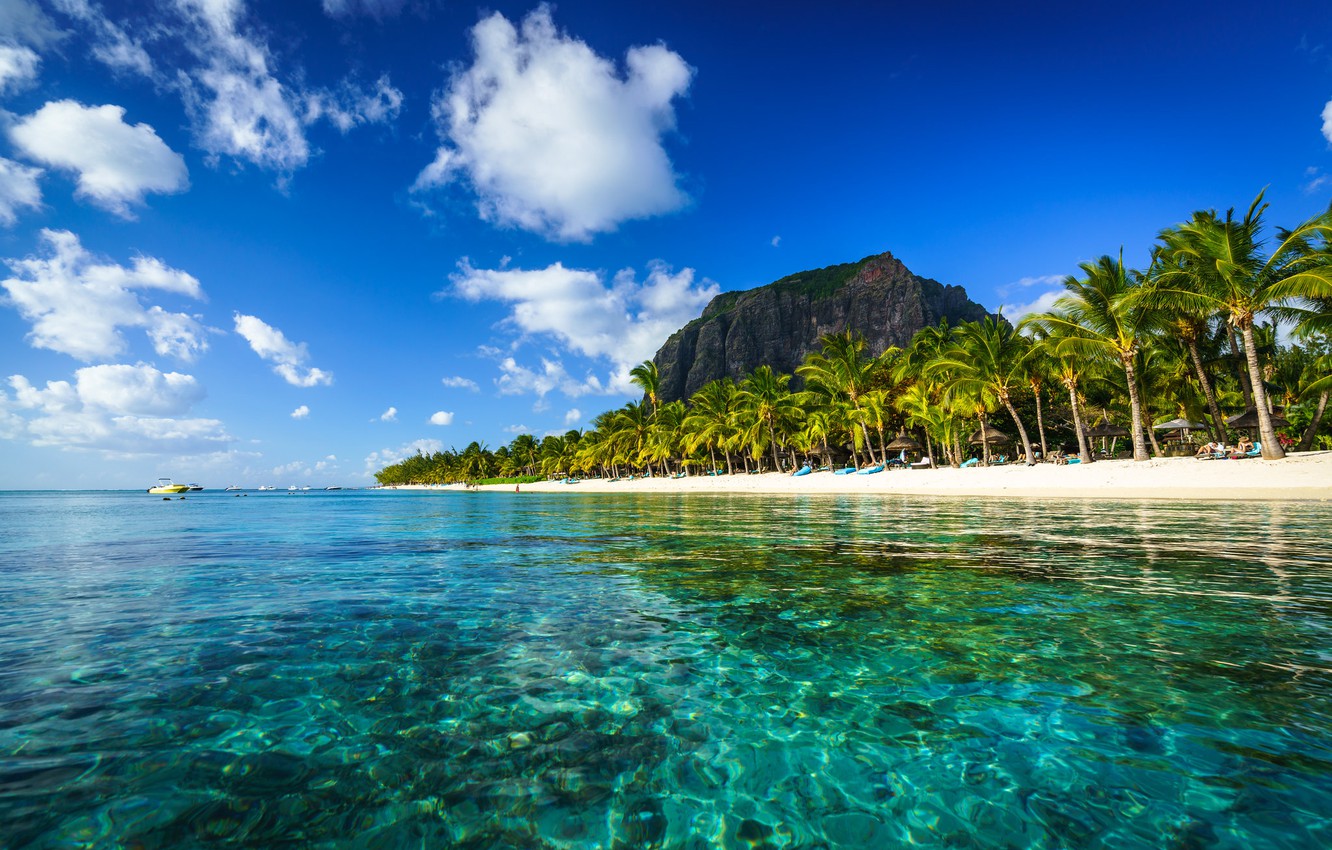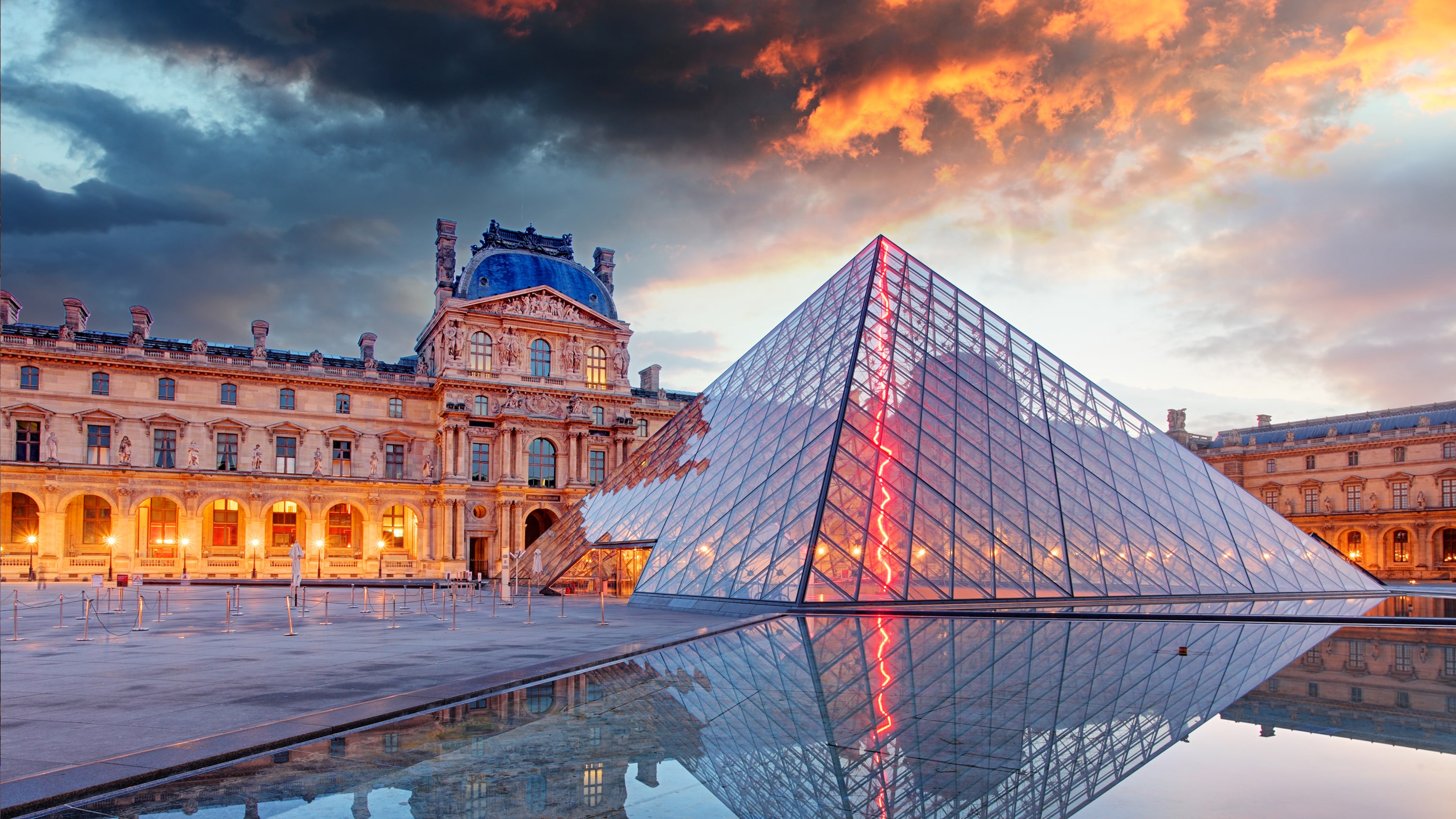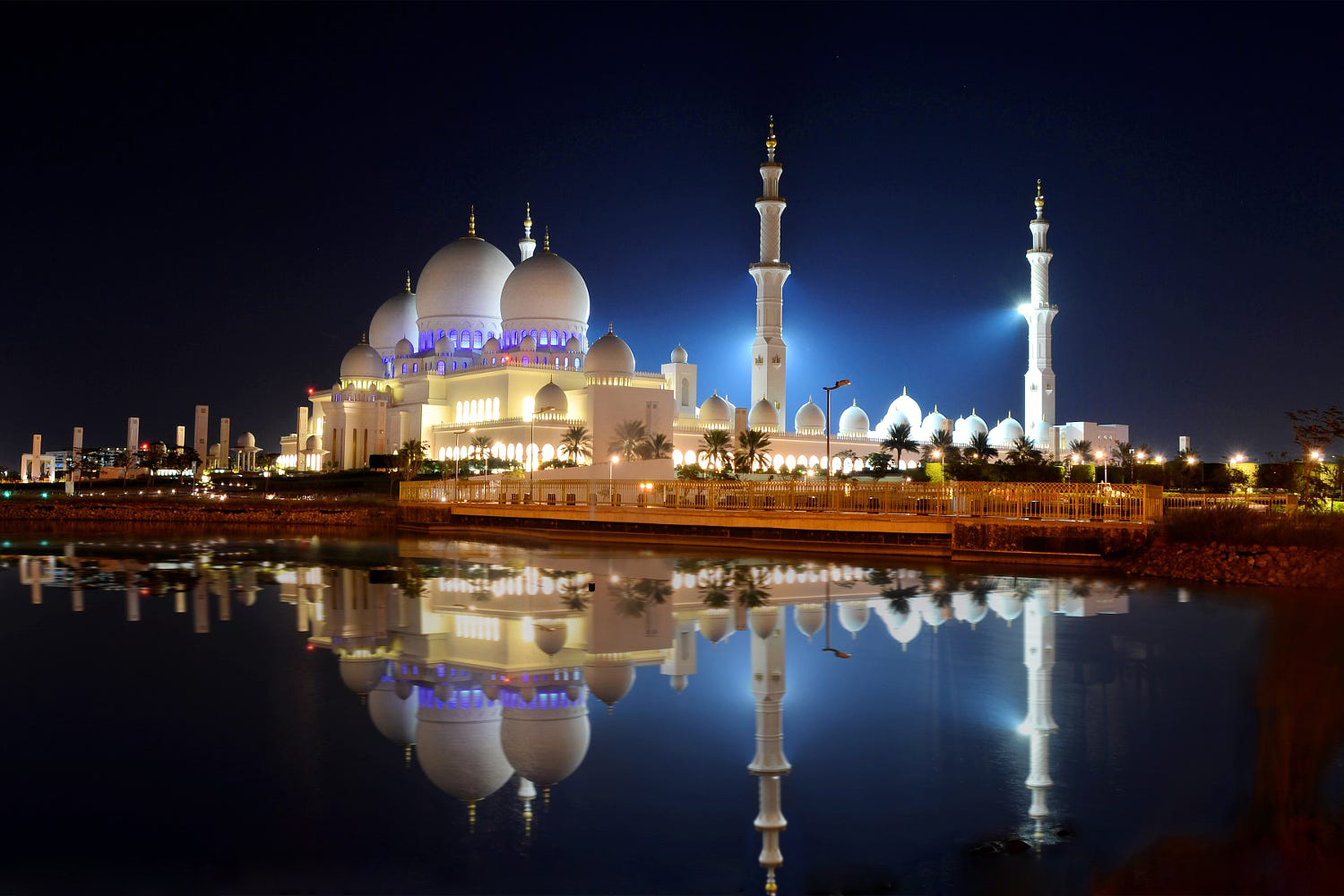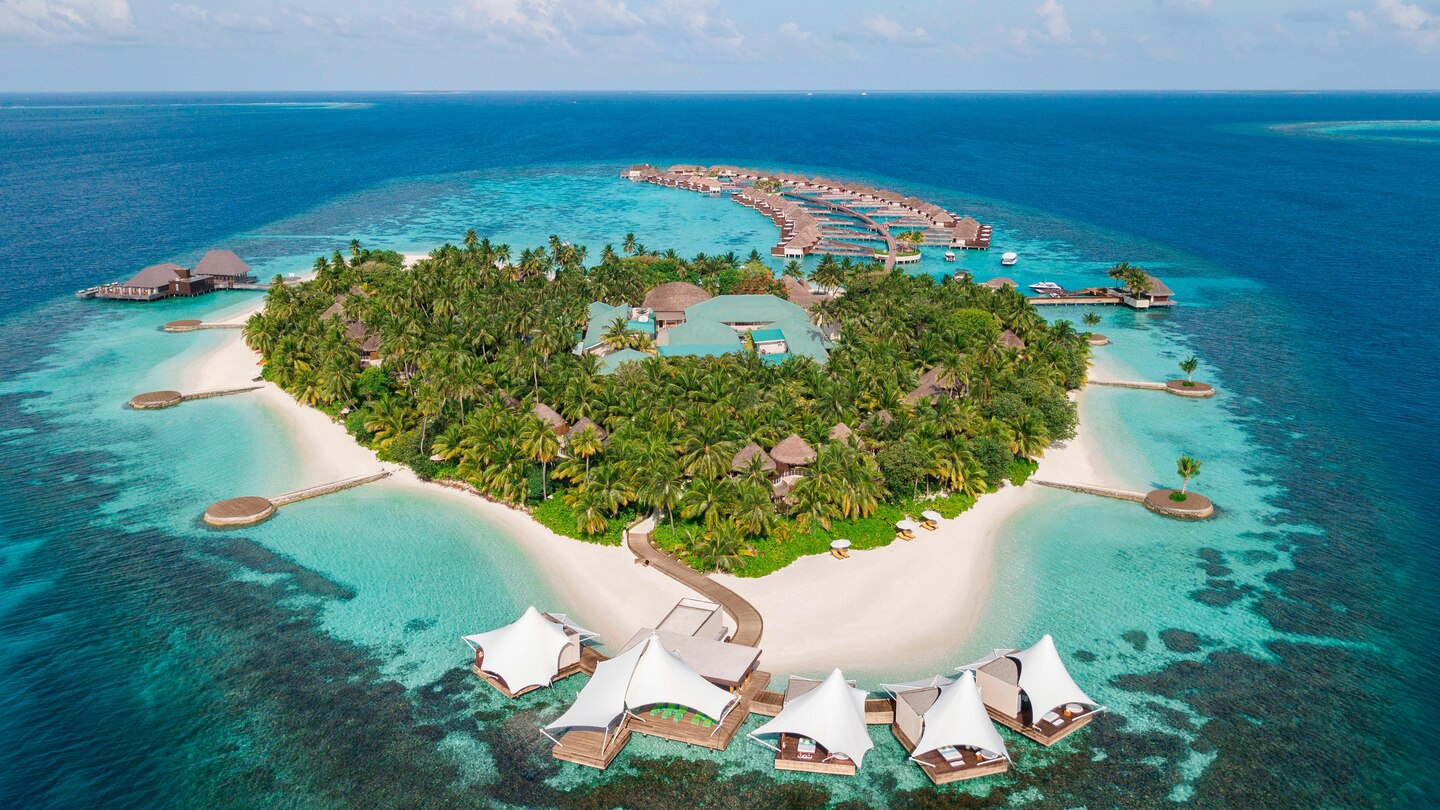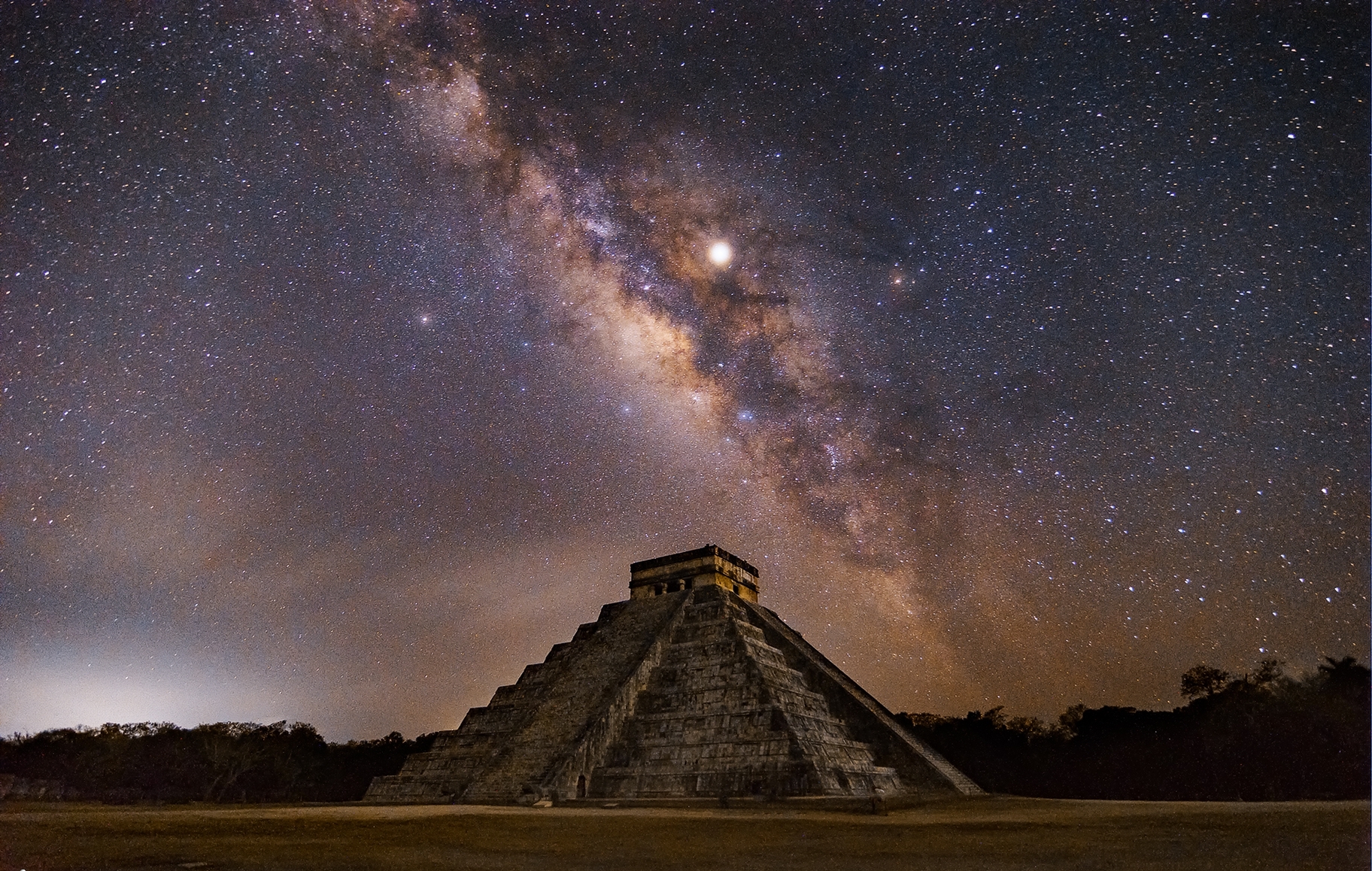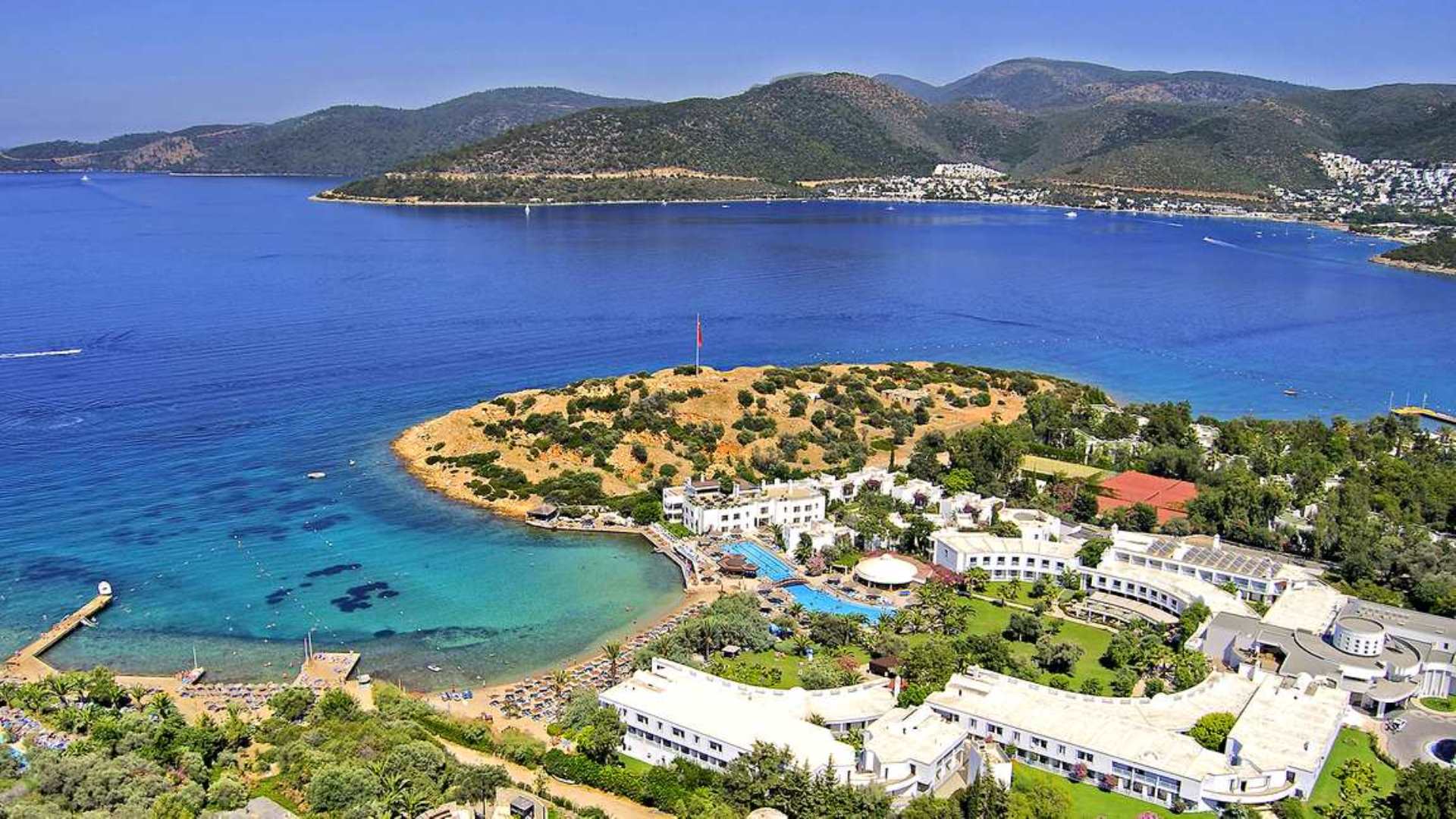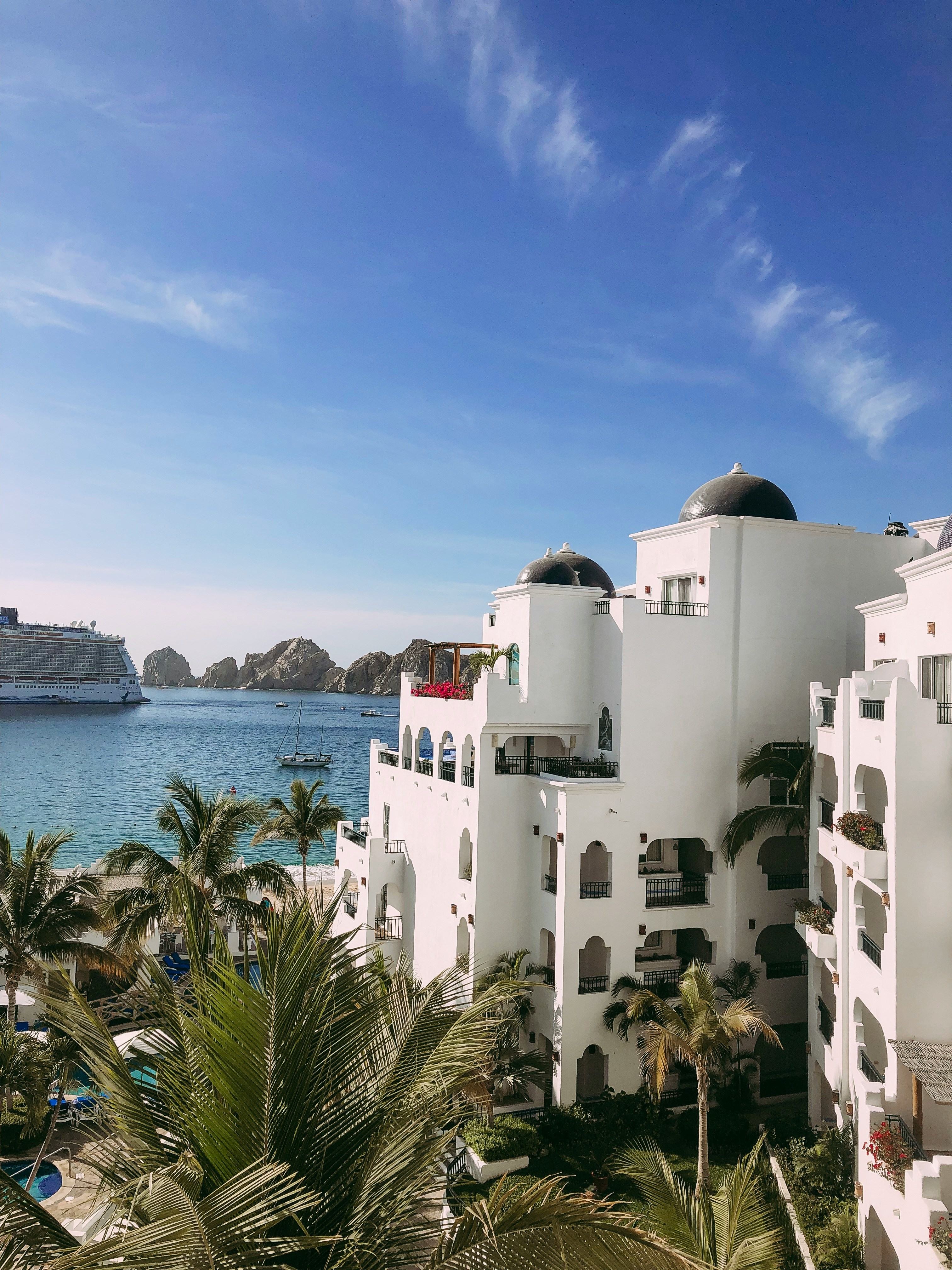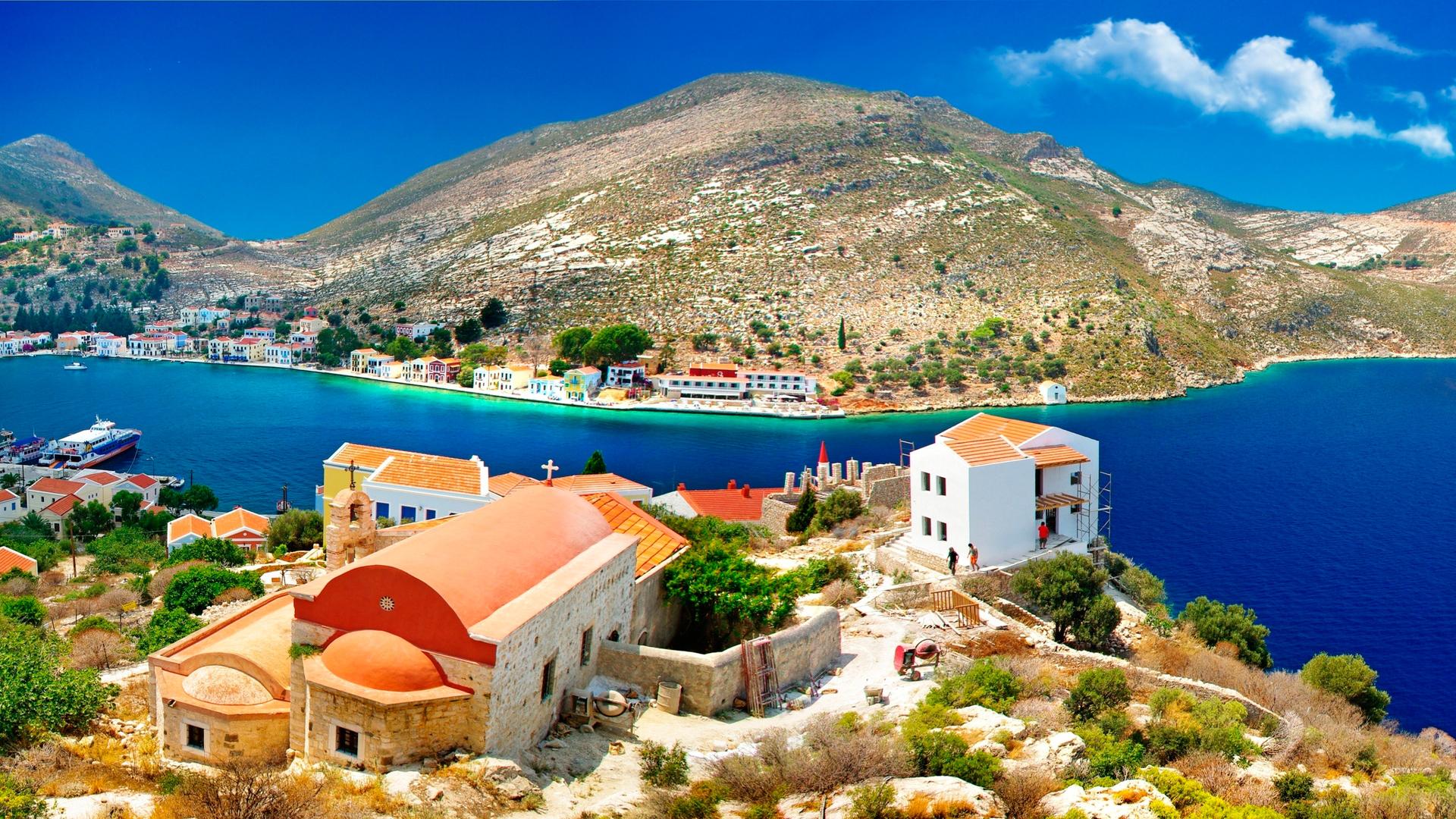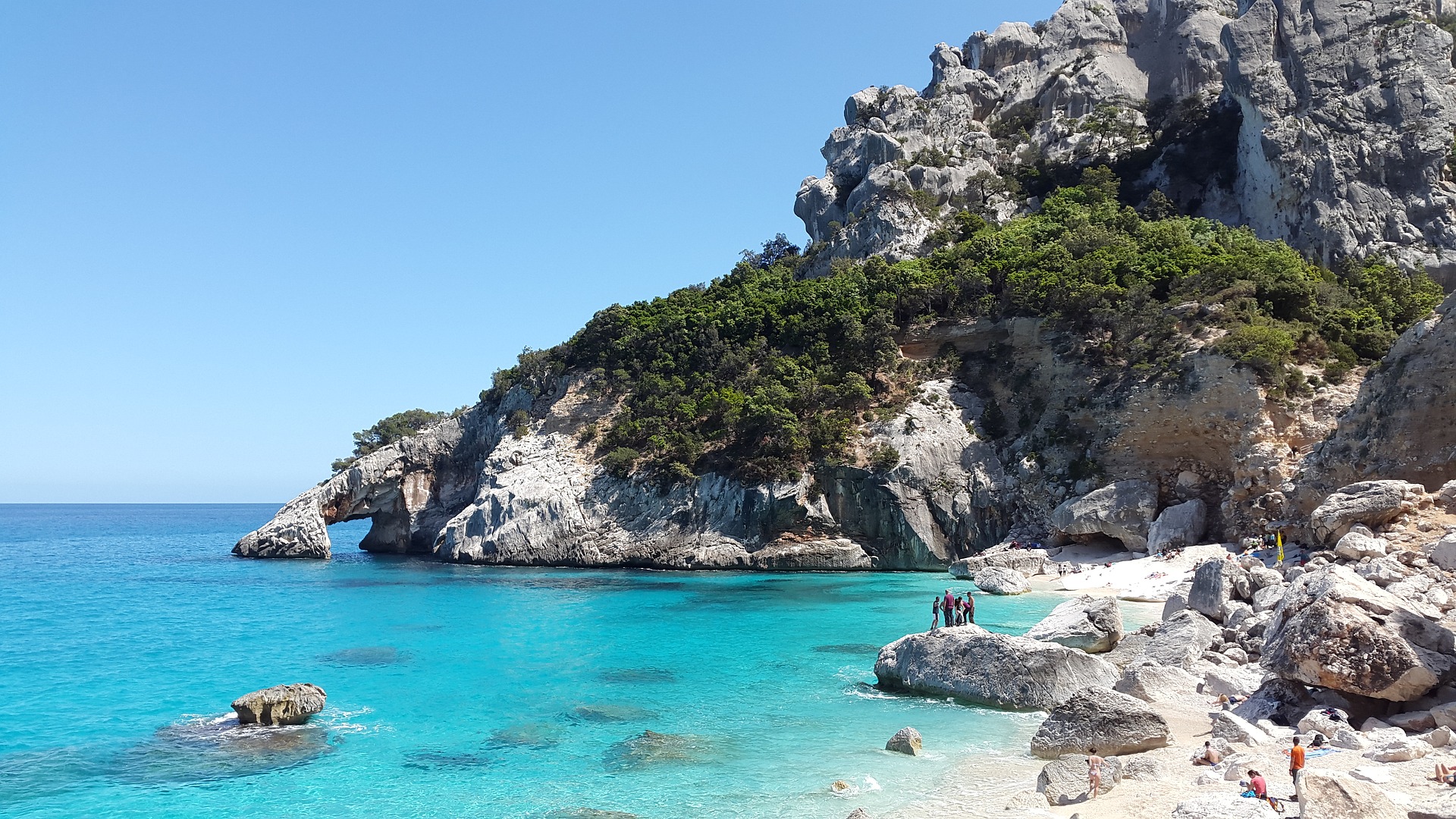Tibet is certainly one of the most impressive places in Asia. Here are the secrets of ancient beliefs and exercises, the greatness of monasteries and the white peaks of the world ' s highest mountains, the Himalayas, together, confirm all the rumours of this country ' s mystical secrecy.
In ancient times (approximately 100 million years ago), the territory of this Tibet was a seabed, but as a result of the collision of two proto-continents it had risen, and several mountains had been formed, lasting up to 3,000 km and up to 8,848m. (Everest or Tibetan Jomolungma). Tibet has thus become one of the highest and most isolated regions of the world.
Geographical status: Tibet is often called the Red World, which is perfectly fair. The Tibetan Plateau is the highest on Earth. Its average height is 5,000 metres above sea level. In the south, Tibet is closed by the Himalayas, in the west by Karakorum, in the north by the top of Kunlun. Local residents live between 3,500 and 5,000. Tibet has a territory of 1.2 million km2. The area is 2.5 million square kilometres. In the west of Tibet, in the area of the holy mountain of Kyash, the beginning of the four largest rivers of Asia is Gang, Ind, Sutlej and Brahmaputra. Brahmaputra, unlike other rivers, is flowing throughout southern Tibet, forming fertile valleys in large cities such as Shigatze, Lhasa and Tzetang. In the south-east of the Tibetan Nagorny, the beginning of the Yangza River, Salvin and Mekong.
Five of the largest Asian rivers, including the Ind (Senge Khabab), Mekong (Zachu) and Brahmaputru (Yarlung Zangpo), are beginning in Tibet. Thus, almost half of humanity lives downstream from Tibet.
Regional division: Three provinces: U-Tsang (central), Amdo (north-east), Kham (south-east).
Climate: Like all over the highland, the weather in Tibet is very variable. The big difference between day and night temperature is quite natural. In general, the climate is quite moderate and much more friendly than many.
Best time to travel to Tibet, from the end of April to November. In the coldest months, with December through March, the trip is also possible, but for example, the track will be extremely complicated by the snow. During this time, snowfalls can temporarily close high-levels
I'm in the middle of a mess. The snow is very small in the valleys (including Lhasa, Shigadze) and it does not prevent the journey.
In summer, July and August are the rainiest months. With regard to rainfall, it should be noted that the Tibetan region is one of the most “intractable places” on the planet in terms of rainfall. Long days or days when snow comes, you can count your fingers.
Nature: Typical members of the world ' s animal are Yak, Music Reindeer, Bharal (Blue Sheep), Tibetan Antelope, Tibetan Gasel, Wild Osle, giant Panta, Kyang (Blue Sheep) and others. Birds: crow, goose, red duck, Ibis and others.
Capital: Lhasa. References to Lhasa, as an administrative centre has evolved into the sixth century. In 7, King Sronzsen Gampo officially transferred to Lhasa the capital of Tibet. Lhasa subsequently lost her capital status, and only in the 1642nd year, at the direction of the Fifth Dalai Lama returned it, and keeps it to date. The Fifth Dalai Lama has done a lot for the city, as evidenced by the current Lhasa character. The Lhasa population now has about 170,000. In town, it's not hard to point, it's basically divided into the Western (Chinese) and Eastern (Tibet) parts.
Population: - 6 million Tibetans and 7.5 million Chinese.
Language: Tibetan. belongs to the Tibetan-Berman language group.
Religion: Buddhism.
Kitchen: National kitchen characteristics: national food - knippa (mouquet dish), beverage - salt and butter tea, alcohol drink - Chung (Tibet beer). It's hard to figure out, not the spiritual path of one human being, and it's about food.
The Tibetan kitchen for the European is exotic. Something that waving mysteriousness and misunderstanding. The Tibetan kitchen is different from other eastern moderation and balance. Tibetans don't abuse buckets and spices. They eat meat and vegetables in large quantities. From vegetables, the most popular are sweet peppers, carrots, coloured and ordinary cabbage, corn, spinach, meat products - yak and baranine. The most common meat is the pit meat. He's cooked in a special way: barbed, cut to pieces, put onions, tomatoes, ginger, fried and served with bread.
or a noodles. Buddhism as a religion is soft and tolerant and does not prohibit products, such as lead in Muslims. We can do everything. But Tibet doesn't eat fruit and sugar. The only national dessert is a horost with honey. Fish and seafood in Tibet are unpopular, they're just not there. The meal ceremony usually looks like before you sit at the table, everyone says prayers. There's a big dishes in the center, and everyone puts on a plate as much as he can eat. They eat Tibetans with sticks or a spoon. Tibetan alcohol is virtually non-usual because it is not a combination of prayer. Tybeth's traditional drink is the so-called "crystal wine." For this drink to be prepared, the beverage shall be taken from welded rice, shall be added to it by special special special features, shall be kept for a week, then be defended, and the result shall be a low-alcohol (five degrees) exotic drink. Otherwise, they drink the same as Western people - coffee, juice, mineral water. Special attention to tea. Tibetan tea is no less exotic than real rice wine. Officially, it's called Tibetan tea from freshly cooked tea leaves with oil and salt. The name tastes good. Tibetan's main dish is a tsump. It's cooked out of pit flour, egg oil, tea or berry beer. As a result of this kind of test, some Tibetan peoples add a bit of purple flour to tea with oil and milk and produce something like a very liquid pot, fat and calori. In the major cities of Tibet, such as Lhasa, Shigats, Giants, Tsetang, and in the hast haus, where tourists often stop for lunch, diversified food, in other places the menu is limited to momo and tux. Momo looks like our pellets with meat or vegetables. Knope is a soup laps with meat or vegetables. And some of the meals from rice and vermishes. In principle, every man can learn how to cook Tibetan dishes. But it's complicated by two things. First, there are no special cooking schools or books with prescriptions in Tibet. The chef's profession usually passes from his father to his son with all the cooking secrets. Second, it's said that the taste of food prepared by a Neibet, even under all the rules, is not exactly the type of real taste.Tibetan food.
The chef's profession in Tibet itself is respectable, but far from the most prestigious. Men are believed to be better cooking than women, but in the ordinary Tibetan family, a wife usually cooks. It's one of her daily responsibilities. On holidays and some special occasion, a man takes the sacred cooking process. They say it tastes better.
See: For several centuries, Tibet was closed for foreigners. It wasn't just Tibet's hard access. In many ways, the isolation of Tibet was determined by both the Tibetan rulers and China. Only in 1984 was Tibet opened for a visit and a real opportunity to visit this unique country. Despite that, very few are meant to be there. ♪ ♪
Of course, it takes a lot of time to look at all the sights and even visit only in the most basic. Over the years, there have been some basic routes that are best used if you go for one or two weeks. For one week, it's reasonable to plan Lhasa and the nearest sights and monasteries. From Kathmandu and back on the plane. In two weeks, you can get a lot more. You can fly to Lhasa on a plane, and you can go through Tibetan land on a jeep, through Giangdze, Lake Yamdrock Tzho, Shigadze, Tingri and past Everest. In three weeks, you can round the mountain of Kyles with a caravan of yaks.
Notice: The Palace of Potal. The history of Potals rises to the 7th century, when King Sorzsen Gampo is instructed to build at the center of Lhasa, on the Red Mountain Palace. The word "Potal" comes out of the script and says "Mist Gore." The ceiling is 3,700 metres above sea level, with a height of 115 metres divided into 13 floors, with a total area of over 130,000 square metres. There's no accurate data on how many rooms and rooms in the rooms. Their number is "where more than a thousand" and there are very few people who have been able to beat them all. The Palace of Potal is part of the UN World Heritage Book. It's open to tourists. There's not enough incarnation to look at all her relics and values... To date, Potala is a functioning palace museum. It serves as nuns who support the work of all
The complex. The entire building is divided into the Red and White Palace. The construction was costed by an unspecified number of stones, wood, gold and precious stones. Some of the things in Potal can be seen in these pictures.
Norbulingk's Palace. Norbuling. It's called a parking complex with the summer palaces of Dalai Lam. Norbulingka was planted by the seventh Dalai Lama in 1755. In the summer months, Tibet's management was out of here. Between 1758 and 1804, the eighth Dalai Lama has continued to expand the park and created an artificial lake. To date, Norbulingka remains a great place for unsuccessful walks and meditation. The door is usually open from morning to noon. The 13th Dalai Lama (1876-1933) added three more palaces and the 14th built the New Summer Palace in 1956. Of which, in 1959, Chinese soldiers were expelled... There was a single zoo near Norbulinca's palace. And somewhere in the palace itself, in the garden, there must be three of the first vehicles brought to Tibet. It's two Austin of the '27s and Dodge of the '31s, which were brought in on horses and boats in Tibet as a gift to the 13th Dalai Lama. And only with the current (the last time he was in Tibet) Dalai Lama's cars started to use, but it turns out they need gasoline, which was never in Tibet. Unfortunately, we don't have modern photos of these unique cars, so if anyone can find them and photograph them, these images will be placed here in the most prominent place!
Jokhang Temple. Jokhang (Jhokang, Tsughakhang) is one of the most respected Tebeth Buddhism temples and the pilgrimage of believers. It is planted in the 7th century by King Sronzsen Gampo in order to accommodate the relics brought along with his two wives. The beautiful image of Buddha Akshobya (Akshobhya) brought by the beautiful Nepalese princess Bhrikuti and Jovo Sakjamuni (Jowo Sakyamuni, Sakya Thukpa on Tibetan) brought by the Chinese Princess Veng. Jocang's name comes from Jowo, and it means "jovo's hour." Both relics can be seen together with thousands of pilgrims at a time when the temple is open. It's usually 8 to noon, and sometimes after lunch. Entrance on the roof (last floor) is located inside the main yard and is open from up to sunsetThe sun. The Tibetans are doing forgiveness in front of the Jokanga gate. There's a small basement where thousands of candles burn. Jokanga is one of the most important in Tibetan Buddhism of Cor-Barkhor kora. The cow's barcore passes through a rotating Jockang street consisting of a lot of shops and shops offering cults and everything. Cora moves through a clockwise shooter, involving thousands of people who make moantraes and walk around temples from the rise to the sunset. Jokanga has regular services.
Drepung Monastery. Drepung Monastery (Drepung) was founded in 1416 by a follower of the Zonkapa Lama. It was once one of the largest Buddhist monasteries in the world, with more than 10,000 monks. Unfortunately, or perhaps fortunately, Drepung is a little farther away from Lhasa than Sera, and life is more direct without the strong influence of the capital. The monastery occupies a large area on the hill. Many buildings are connected to crossings and stairs at several levels. Drepung has the largest tank in Tibet. Once a year, it is removed from the hompa and hung out on a specially designed mountain structure. The monastery has a Palace of Ganden, where Dalai Lama lived until the fifth Dalai Lama ordered the Potal Palace in Lhasa.
Sir's Monastery. Sera Monastery is one of the two biggest convents of the Helug-pa school in Lhasa. Founded in 1419 by the follower of the Zonkapa Sakya Eshi. There were over 5,000 monks in old times. There are hundreds of people living there. It's composed of a few colleges-- offices studying different currents of Buddhism. On a daily basis, the monastery holds open discourses on religious topics. Sometimes they go very vigorously, sometimes even loud, involving whole "groups" monks. These disputes can be present at about 15:30 to 16:00. The monastery is located near the Lhasa center. You can get on a bicycle (in half an hour), a route or a cab.
